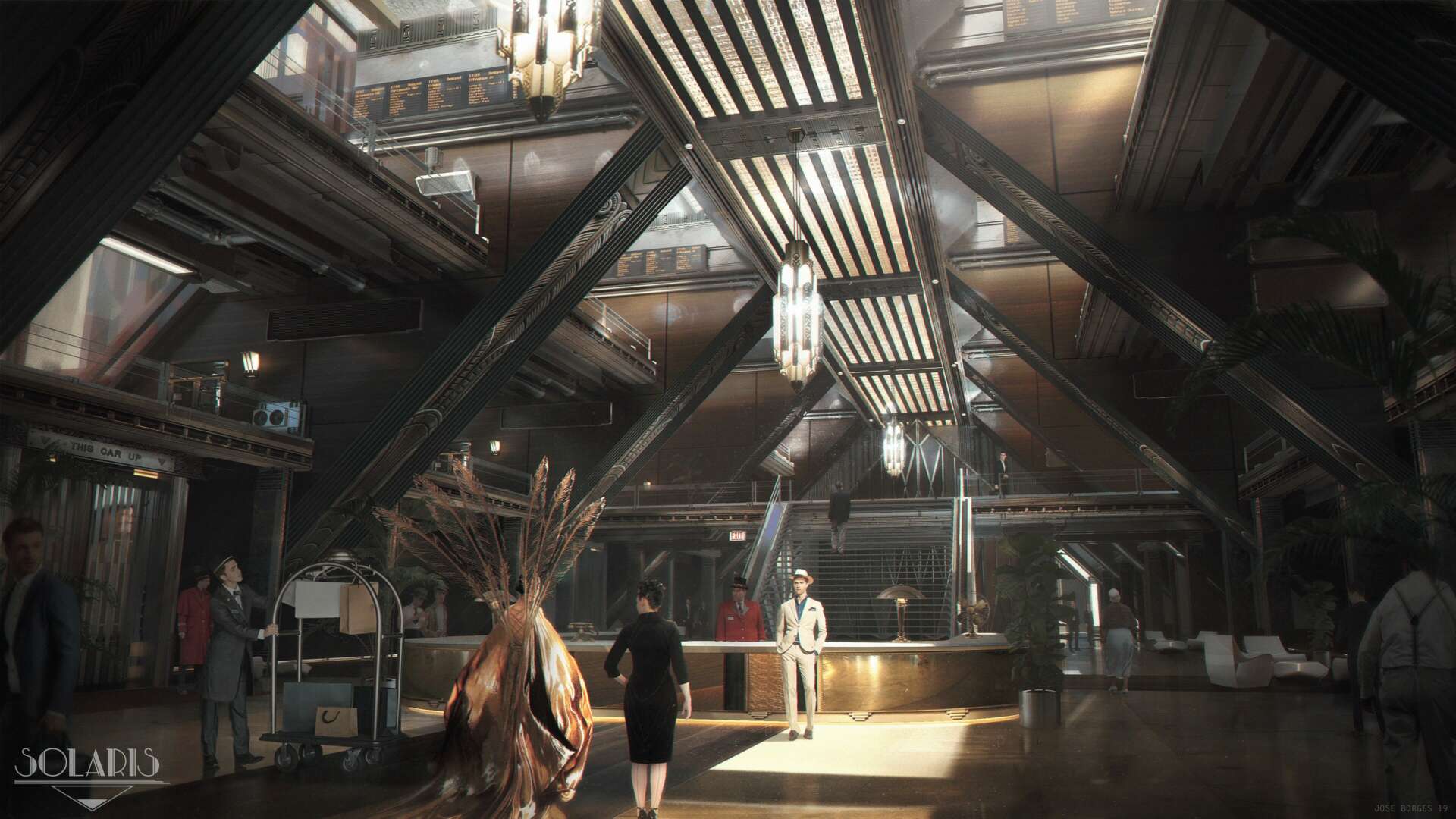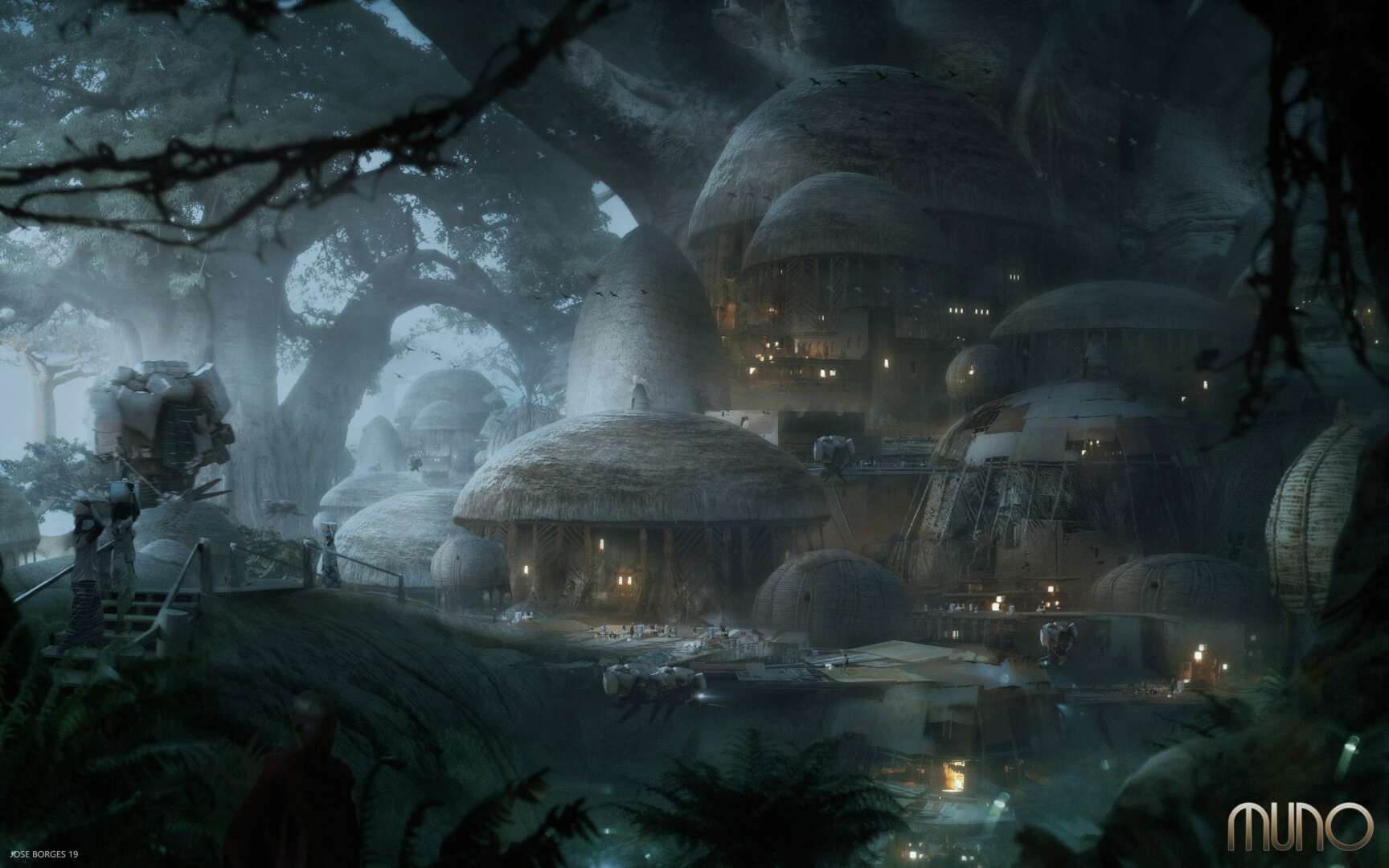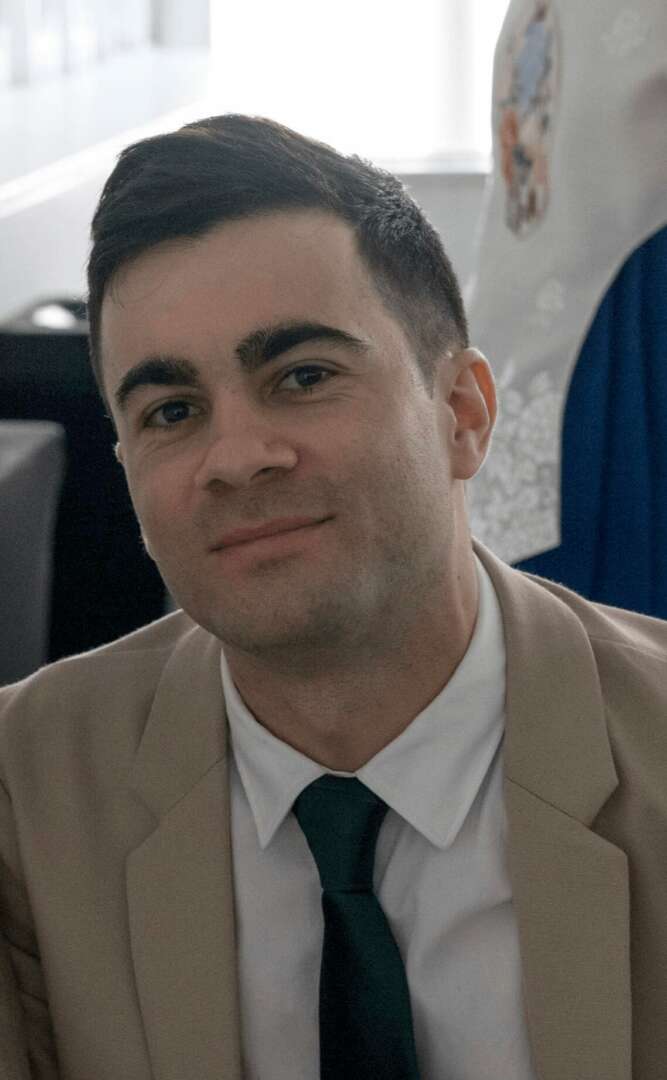We caught up with the brilliant and insightful Jose Borges a few weeks ago and have shared our conversation below.
Jose, thanks for joining us, excited to have you contributing your stories and insights. Can you talk to us about how you learned to do what you do?
Like many professional artists out there, my first time trying my hand at being artistic was when was a young child. My father used to have a sketch book of airplane drawings and diagrams that really captured my curiosity and I distinctly remember spending hours upon hours trying to copy those drawings and sometimes making up my own childlike versions of them. I think that’s what really got the ball rolling for me. I drew things from my favorite cartoons, movies, among many other things almost every single day since then. I even pursued an art degree in University, as well as spending many hours practicing and self-learning on my free time at home.
In my profession, concept art, the artist must not only have good rendering skills, but also understand how to creatively design something based on the needs of the project. This is because we are always looking to generate a creative solution to a problem that serves a believable function and tells a story. If I had any advise for my younger self or anyone else regarding this, I would say to study the way things work more closely because a design with a believable function will make any artistic project more captivating. Also, don’t be afraid to reach out to other artists. This may be one of the most common obstacles for those starting off because they may think no one will want to waste their time on a beginner, but learning from other artists is one of the best ways to exponentially improve in the craft. It also grows your network of artists, which is extremely important in an industry that can be volatile.

Awesome – so before we get into the rest of our questions, can you briefly introduce yourself to our readers.
I am someone who is in love with artistic storytelling and design. I first entered the gaming industry in 2013, working on an indie game that unfortunately was never released. However, the joy I got from helping design environments and characters for that project really drove me to pursue more work like that. Eventually, by talking to people in the industry and growing my own network of artists, as well as spending what feels like thousands of hours honing my skills, I eventually landed a job at Activision working on Call of Duty. Ever since then I have been working with different studios on a variety of games and film projects, such as Love Death and Robots, Valorant trailers, Wonder Woman, War for the Planet of the Apes, and more.
My primary focus is concept art, a job where the most important thing is to deliver creative and believable solutions to an entertainment design. I think my work brings a sort of unrestrained imaginative vision to the table, where what you get will most likely be very different from whatever is trending or mainstream. Whether that is a good or bad thing is up to the individual, but I like to think that’s what sets me apart from other people. To never suppress that child-like wonder and creativity is something that is key in my work because I believe that’s what people respond to the most in the creative and entertainment field.
I’m especially proud of my contributions to Netflix’s Love Death and Robots, which was one of the most creative projects I have ever been a part of. The level of love and care everyone poured into the designs for the show has stayed with me ever since and it is something that I value very much and continue to do in my current work. I believe an artist who does this can always impact the life of millions.

Is there mission driving your creative journey?
I believe that most people have some sort of goal that drives their creative journey. For me, I would have to say that goal is to create art that has a meaningful and motivational impact on people’s lives. An impact that helps them grow as individuals and think about things in new and creative ways, much like the artists I look up to the most have done for me.
For as long as I can remember I have been watching and playing creative media that has inspired me or made me think about aspects of life differently. The meanings and messages behind all those games, shows and movies have largely made me who I am today and have helped me find purpose in a lot of things in my life. It’s something that is extremely powerful and something that I strive to do my part in every day for others.

Is there something you think non-creatives will struggle to understand about your journey as a creative? Maybe you can provide some insight – you never know who might benefit from the enlightenment.
There are a couple of things I believe some people might find difficult to understand about an artist’s journey. The biggest one I think would be the long hours an artist needs to put in to excel in their craft. We are the type of people who can easily stay shut in all day, speak to no one, and just make art. However, that’s not just because we love it, although that may be a big part of it, but we also need to practice and study a lot to be a professional artist and stay relevant in the industry. If someone is making art as a hobby, then it’s a different story, but as a professional sometimes you have to stay up to date with new tools, new techniques, new trends, etc. All of that is extremely important if you are trying to stay marketable in an industry that’s always evolving. This, of course, doesn’t mean that it’s okay for an artist to overwork themselves, but in general if you’ve ever thought about why an artist is always creating art even outside work, this is most likely the reason.
Contact Info:
- Website: https://www.artstation.com/joseborges
- Instagram: joseborgesart
- Youtube: https://www.youtube.com/JoseBorges_ArtCreatesWorlds





